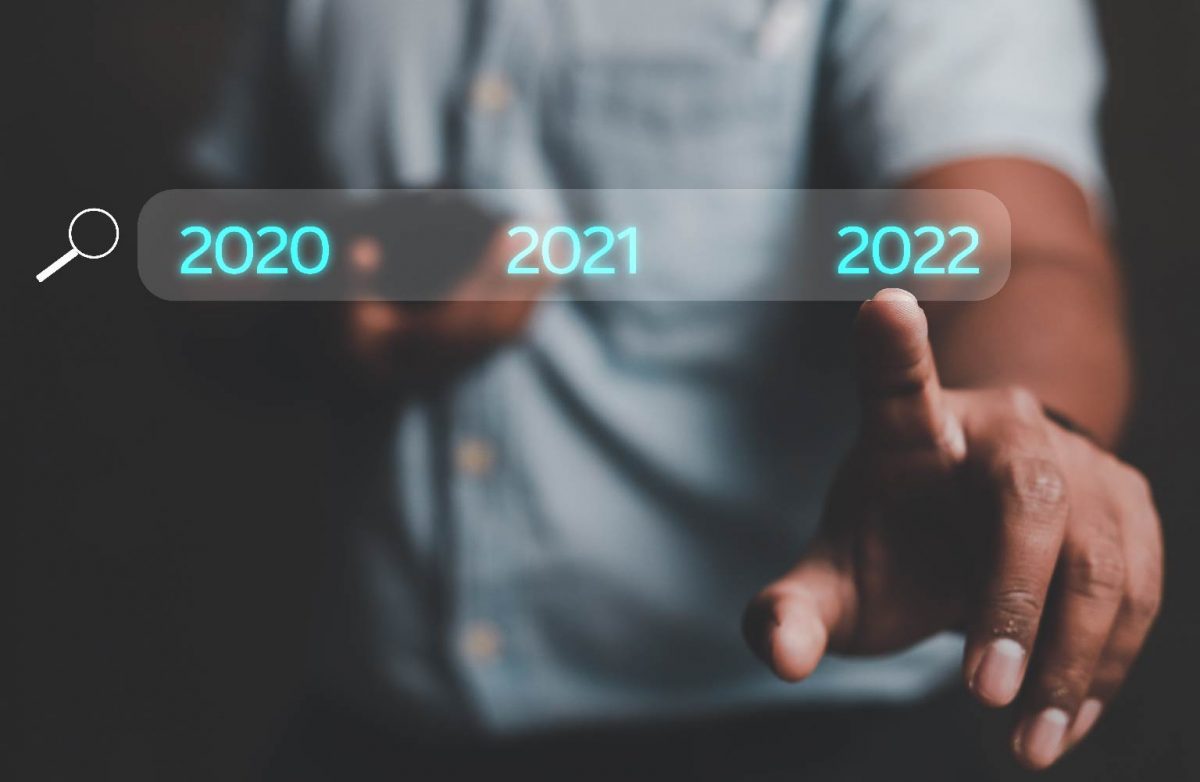Given the case, organizations would have to accelerate digital transformation of their businesses, and search for more direct digital paths to connect with their clients. All of that, while keeping efficiency and protecting their margins.
Leading tech trends in 2022 will be focused on distribution of the business model, Cloud native platforms, artificial intelligence and machine learning, strengthening process automation, new paradigms in data management, the evolution of virtual reality and blockchain technology.
Companies, following Gartner Consulting, will embrace a distributed model “firstly, digital; firstly, remote, to improve employee experiences, digitalize customers´ and partners´ contact points and develop product experiences”.
To sustain the latter, native Cloud platforms will gain prominence, as far as they allow the creation of new architectures which are resistant, elastic and agile, which enables a quick response to digital change.
Digital Transformation
On the other hand, there will be a larger focus on Edge Computing, which combines data processing and storage in the collection device placed near the information source, on the web´s perimeter, instead of depending on a single central site which could be hundreds of kilometres away. This model enables smart webs, in which connected devices carry out essential site analysis and use the results to generate specific actions.
At a data level, the trend will be to organize them under frameworks or data fabrics “which offer flexible and resistant integration, and are available in every place they are needed”.
Regarding informatic security, displays will be guided by the zero trust paradigm, which requires strict identity verification for everything and every person looking to connect; and also because of the cibersecurity mesh concept, that is, of “flexible and modular architectures which integrate uneven and largely distributed security services”.
The trend towards process automation will be freshly boosted with the concept of hyperautomation, that is about fastly identifying, examining and automatizing as many commercial and IT processes as possible.
On the other hand, in 2022 we will become more and more familiarized with the concept of “metaverse”, this is, persistent digital worlds which exist in parallel with the physical world and among which we will be able to carry out many of the tasks we are used to in the real world, such as learning, working, playing and socializing.
Meta´s announcement – that said they will invest U$S 10 thousand million in the metaverse just next year, was already a catalyst for this new digital universe.
There are those who anticipate that the metaverse – a concept not exempt of controversy – will have as large an impact o society as internet. In this artificial world where the physical world metes the virtual world, virtual reality technology will allow for digital representations of persons to interact, play, chat, try on new clothes, etc.
Supposedly, this space will open up new opportunities for companies, such as sponsoring events and concerts, development of digital products exclusively, games and manufacturing processes (for example, the use of metaverse applications to create complete digital twins). Besides, there are those who believe work will move over more and more towards the metaverse (from joint workspaces to meetings, simulations and training).
NFT
In a world where cryptocurrency is gaining a new level of exposure and attention, there will be another development that will catch many eyes: the NFT s (non fungible token), unique “assets” in the digital world that can be bought and sold just as any other property, but do not possess a personal tangible form.
This digital asset represents real world objects such as art, music, elements of the game and videos. They are bought and sold online, frequently with cryptocurrency, and generally are coded with the same underlying software as many cryptos.
Basically, NFTs are like artefacts in a physical collection, only digital. They also are entitled to exclusive property rights. In fact, these digital tokens can be considered property certificates for virtual or physical assets, and some anticipate that anyone will be able to “tokenize” their work, to sell it as NFT. Some suggest that NFTs will play a vital role in the next metaverse: “They will open a plethora of new commercial and financial models ruled by intelligent contracts instead of financial institutions”.
These trends will orient digital investments from organizations in 2022, in a world advancing on its digital transformation.


